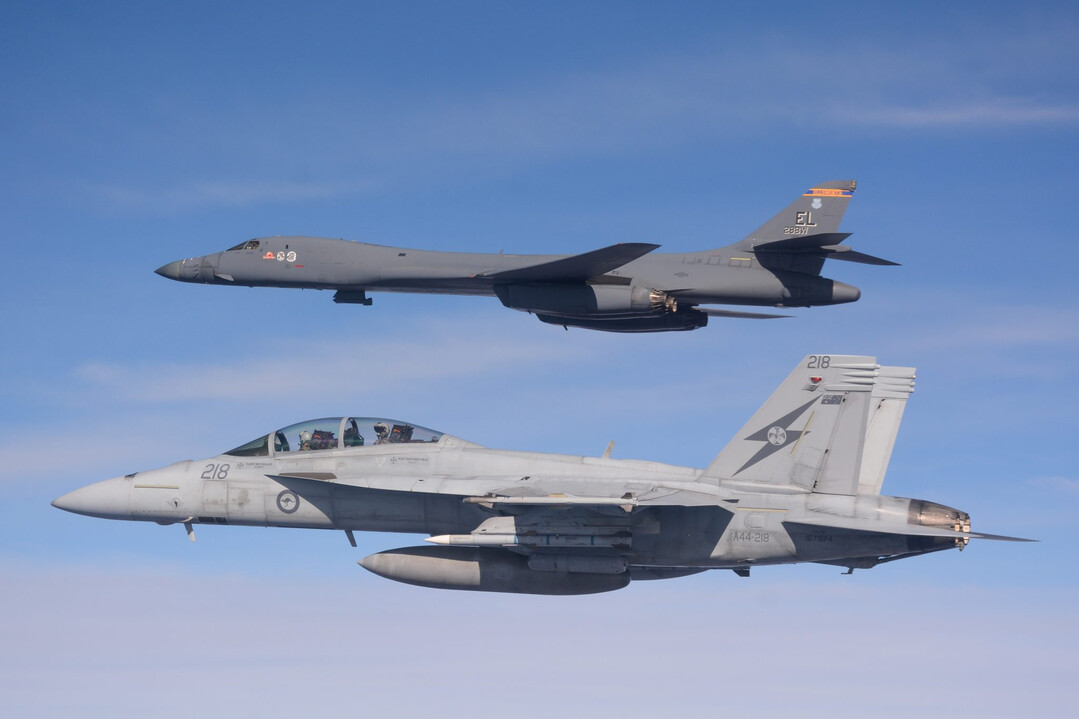
Canberra – Recent Chinese naval deployments in the waters surrounding Australia have served as a stark reminder of the evolving strategic landscape and the growing need for Australia to bolster its defense capabilities. Experts warn that these deployments are not merely routine exercises but calculated moves aimed at demonstrating China's expanding military power, testing Australia's response, and, crucially, rehearsing for potential wartime operations.
The deployment, featuring a powerful cruiser capable of launching long-range land-attack cruise missiles, suggests that China is actively considering scenarios involving missile strikes against critical Australian targets. This rehearsal likely encompasses strategies for overcoming Australian defenses and establishing optimal firing positions. Furthermore, Chinese military planners are likely considering coordinated air and submarine attacks, including long-range bomber strikes and the mining of Australian ports.
The strategic rationale behind these actions is clear: China seeks to neutralize Australia's significance as a vital asset for the United States in any potential conflict. Given the vast distances and potential for US forces to be engaged elsewhere, Australia cannot assume that US support will be readily available.
Analysts stress that Australia must prioritize the defense of its sea-air approaches, transforming the archipelagic arc from Sumatra to Fiji into a formidable strategic barrier. This requires a multi-pronged approach, including enhanced surveillance, increased operational readiness, and the acquisition of advanced weaponry.
Specifically, Australia should invest in:
Advanced Surveillance: Utilizing a combination of national intelligence, space-based sensors, and maritime patrol aircraft to maintain constant vigilance.
Long-Range Strike Capabilities: The potential acquisition of B-1B bombers and SM-6 missiles would significantly enhance Australia's ability to deter and respond to attacks.
Naval Expansion: The Royal Australian Navy requires urgent remediation and expansion to counter the growing Chinese fleet.
Strategic Alliances: Forging stronger military ties with Papua New Guinea and the Philippines is crucial for securing Australia's northern approaches.
Civil Defense: The development of a comprehensive "war book" is essential for ensuring national resilience in the event of conflict.
The urgency of these measures is underscored by the potential for a conflict over Taiwan, which could trigger a wider regional war. While the likelihood of such a conflict remains relatively low, the consequences of being unprepared are too significant to ignore.
In essence, Australia must shift its defense posture from a reactive to a proactive stance, prioritizing the protection of its sea-air approaches and strengthening its ability to deter potential adversaries. The time for complacency is over; Australia must act decisively to safeguard its national security.
[Copyright (c) Global Economic Times. All Rights Reserved.]






























